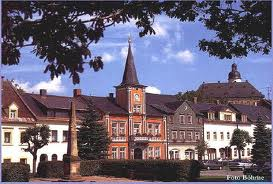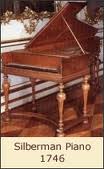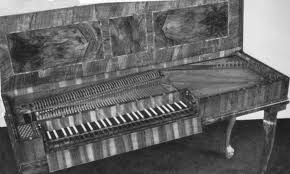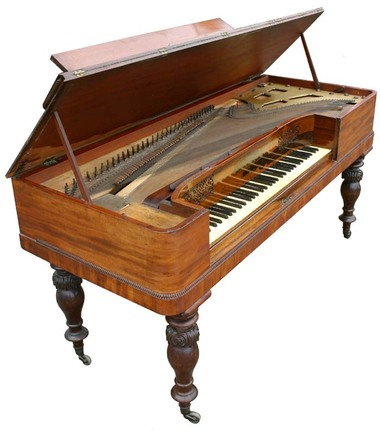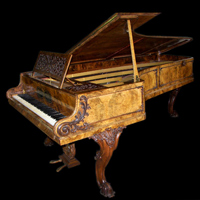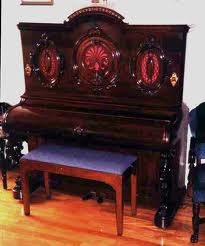The first pianos coming out of China were…..well in a word……rough. The interesting thing is that the Chinese invasion was only a few years ago.
In a very short time, China has managed to dominate the piano industry because the product they are turning out is extremely well done. They are using quality parts, quality manufacturing and done with quality workmanship.
Some people get very caught up where a product comes from. In what country was the piano made? Are any of the parts from China? What part of the piano was made where, etc. We tend to think that China makes everything substandard. We expect any product that comes out of China to be sub-standard. The truth is that China has surpassed all of the expectations in manufacturing. Their workmanship is generally very good.
You can find all types of products in every category. Pianos will range in price from very inexpensive to very expensive. They go from mass produced to handmade. It’s actually quite interesting to take a look at the evolution of the Chinese pianos and how they have arrived at their present day status as quickly as they have. Not to mention that they are building piano parts in varying degrees for many (if not most) of the pianos on the market today.
What is the difference? There are quite a few differences. One thing is that the machinery and technology they are using is brand new and is state of the art in every way. The same tools that are historically used to make pianos are being utilized with some small changes. The tools are brand new. For example: at one well known mfg. they pride themselves because their rim presses are 40 years old, while, the Chinese mfg are using brand new technology with the latest in tools and technology.
Who cares? Well, actually, you should. Here’s why. The latest information regarding Asian manufacturing.
China as well as Korea and Japan use the very latest in technology. They do not wait until the future has passed, they reach out to modern technology as soon as it is certain to be reliable and useful. The ease of integration of new technology is very similar to updating your computer. Pass on all of those updates and when your computer doesn’t work any longer it takes FOREVER to update and sometimes it’s impossible to do so.
Are these pianos as good or reliable as European or American pianos? Well, that could be debated. However, they are not in the category that so many people try to place them. The new pianos that arriving from China are good, solid, reliable pianos. They are work horses with very, very few issues. The service is impeccable and is getting better.
Today the most important thing in piano buying is to fall in love with the instrument. For me personally it is all about what I hear and what I experience when playing. For the next person, its all in the look. It all depends on what you are looking for in your next piano purchase, but, as a general rule I tell people to fall in love with the instrument and if you aren’t happy – don’t buy it.
Ric Overton


